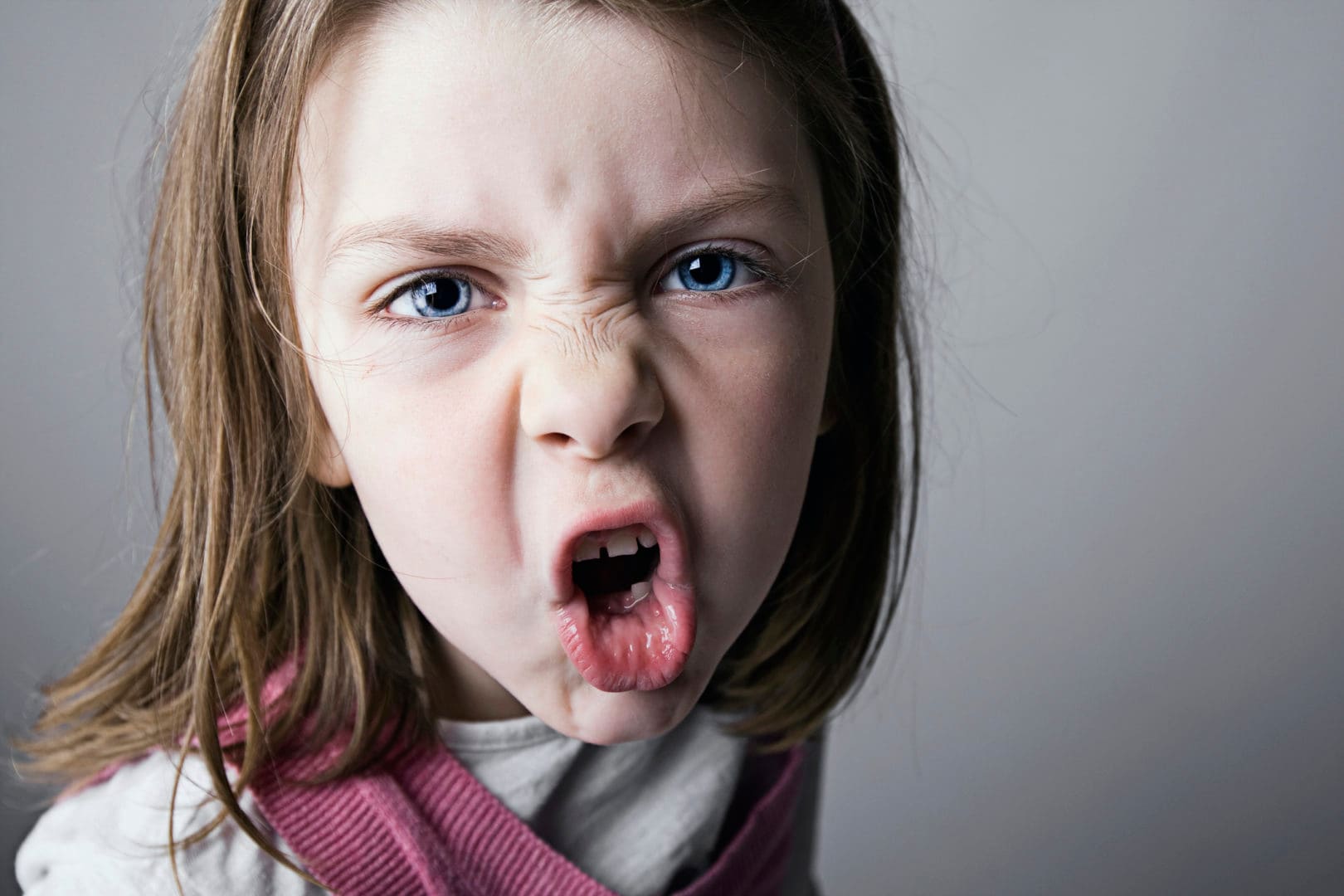You know kids can sometimes be aggressive, but are you prepared for your own little angel to bite, hit, growl at or push others? Their behavior can be baffling, but as the parent, you have to act quickly. Where is this aggressive behavior coming from, and how do you keep it from happening again?
To get to the bottom of anger and aggression in kids, take some advice from Laura Markham, a clinical psychologist and author of “Peaceful Parent, Happy Kids,” who says there are specific causes to aggressive behavior — and that parents can learn exactly how to diffuse the issue.
Why you need to address it
When a child is allowed to use aggression, the behavior is reinforced mentally, and they are more likely to repeat the harsh tactics again when they want something, according to research from the National Association of School Psychologists. This research also reports that, when left unchecked, aggression is linked to academic difficulty and social rejection by peers. For everyone’s sake, you need a strategy to make sure that your child’s aggression is discouraged while teaching him how to respond appropriately.
Where aggression comes from
According to Markham, aggressive behavior in children is a symptom of fear or powerlessness, not hate.
“Kids don’t actually want to hurt anyone,” she says. “It’s just that when they feel threatened or vulnerable, they see others as the enemy.”
Jennifer Barham-Floreani, chiropractor and author of “Ticklish” and other parenting books, says the causes may also be physiological.
“When a child with no prior behavioral issues demonstrates challenging emotions, I start asking questions relating to the child’s physical and chemical stressors,” she says.
Has your child recently had his hearing and vision assessed? Might they have some other physical problems? Could they have sensory issues? Check in with your pediatrician, and also see if your child’s teachers or day care providers have noticed if your child benefits from extra sensory stimulation.
How to stop aggressive behavior
When your kid lashes out physically, what do you do? Markham offers these three steps to correct their behavior:
Step 1: Use your words, not your hands
“Intervene by moving out of reach,” Markham says. “Say ‘Ouch!’ and then ‘No hitting. You seem very mad; tell me in words.'”
This conveys to your child that you care but will not be a victim of physical violence. It also reminds them there are other tools, like words, available.
Step 2: Empathize with them
Diffuse the aggression by saying, “I know it’s hard to not get your way. I don’t like that feeling either.”
Show compassion without giving in to the child’s demands. Offer hugs and an understanding posture. This tells the child they’re safe and don’t need to be ashamed of their feelings. They will learn that they can’t hit — but they won’t lose your love, no matter what.
Step 3: Test the waters with a small chuckle
Once things have settled down, give your child the permission to laugh by offering the first little giggle. Find a way to laugh together. If your child seems stressed, you might talk about what happened while letting them know you love them in a silly way. Be sure your child knows you’re not laughing at them, but at something together.
“Laughter is the body’s way of expressing minor anxieties — fears — that may surface as aggression when the child gets upset,” Markham says.
Don’t punish your child, says Markham. If you believe the child should have consequences for getting physical, you’re right, but it should resemble an offer to make things right. This puts your child back in control and able to do good. Once the tears are wiped, Markham suggests telling your child that hitting hurts others, but you can make it better. If the recipient of their outburst is another child, suggest that they color a picture for the other child or return the toy they snatched. Forcing your child to say, “I’m sorry” might not be effective, but giving him more direct consequences to his actions might be.
Preventing future aggression
Staying on top of the ever-changing physical needs of kids will reduce the frequency of outbursts, according to Johns Hopkins Medicine, but aggressive energy should also be redirected before it goes negative, says Barham-Floreani.
“Help kids balance ‘feel-good hormones’ by encouraging hopping, skipping, marching, jumping, swimming or bouncing a ball against a wall,” she says.
Getting on the same page with all of your child’s caregivers is also key. Managing aggressive behavior is a time-consuming job, and you’ll want support. Make sure your nanny, teachers, grandparents and partner are all familiar with these tips so that everyone who cares for your child is on the same page and unified. Everyone needs to be putting the same plan into practice so that your child becomes used to experiencing the same reaction to their negative behavior.
If you don’t feel able to get the aggressive behavior under control, talk to your child’s teachers, day care providers or pediatrician. They may be able to help guide you toward other solutions or support.





